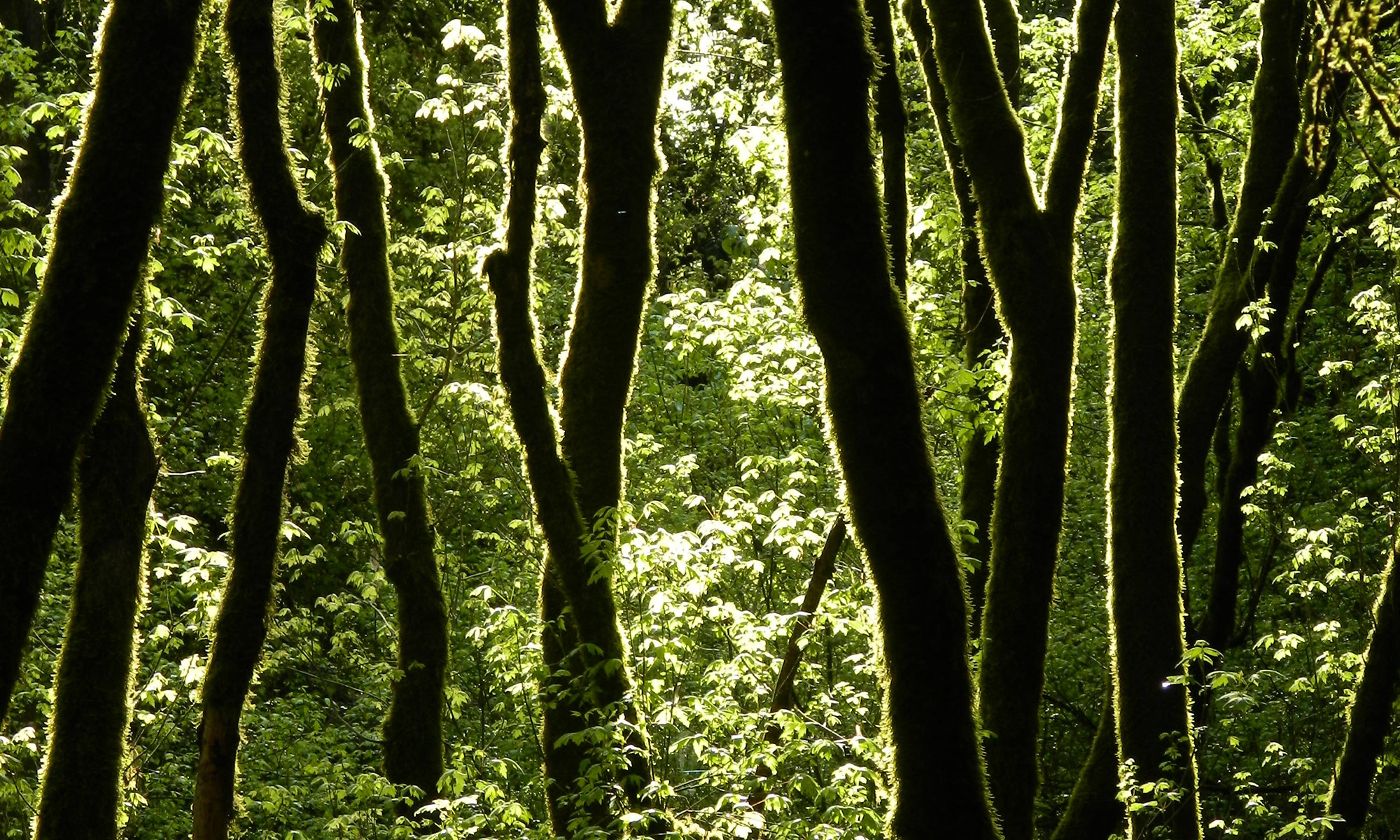
YAMAGATA Grapevine
葡萄の木(ブドウノキ)
産地;山形県
山形県は葡萄の産地でその歴史は江戸時代初期まで遡ります。甲府から葡萄が伝わり、その気候や土壌が葡萄の生育に適した環境で、一部品種に限れば日本一の生産量を誇ります。
葡萄の木はギリシャ神話では豊穣を意味し、地中海では「生命の樹」、キリスト教では神の祝福の象徴として知られています。
日本では古事記に登場する伊邪那岐命が黄泉の国から逃げる際、黄泉の軍勢を足止めするために投げたものの一つが「えびかずらの実」といわれていますが、この「えびかずらの実」とは山葡萄だといわれています。つまり、葡萄の実が神話的な魔除けの力を持つものとして描かれています。
葡萄の木は輪切りにすると、果汁を思わせる樹液が倒木後も滲みで続けます。
木材としての流通は少なく、風損木など事情がなければ手に入ることはない貴重な木です。
木の力;生命、活力、豊穣、再生、魔除け
YAMAGATA Grapevine
Place of origin: Yamagata Prefecture
Yamagata Prefecture is a well-known grape-producing region, with a history that dates back to the early Edo period. Grapevines were first introduced from Kōfu, and the region’s climate and soil proved ideal for cultivation. For certain varieties, Yamagata boasts the highest production volume in Japan.
In Greek mythology, the grapevine symbolizes fertility, while in the Mediterranean it is known as the “Tree of Life.” In Christianity, it represents divine blessing.
In Japan, grapes also appear in the Kojiki (Records of Ancient Matters). When the deity Izanagi fled from the underworld, one of the things he threw to hinder the pursuing army was said to be the fruit of the ebikazura vine — believed to be the wild grape (Yamabudō). Thus, grapes are depicted as having mythical powers of protection against evil.
When a grapevine is cross-cut, sap reminiscent of grape juice continues to ooze out even after the tree has fallen. As timber, it is rarely distributed and is considered highly valuable, obtainable only under special circumstances such as storm damage.
Meanings: Life, Vitality, Fertility, Rebirth, Protection from Evil

